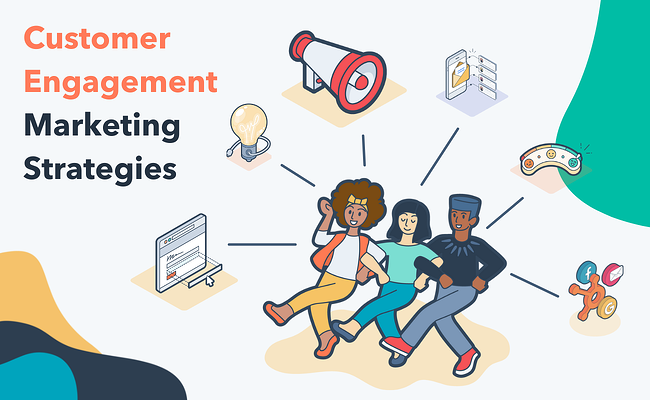Organisations are realising that they must engage their customers to grow their business
in this highly competitive world. They must win over their customers one month after the other – and this is where solid customer engagement comes into play.
Through a full-proof strategy, marketers can craft their message that can engage recipients not just once but on a regular basis, ultimately translating into an exceptional customer experience and steady growth.
Not everyone understands the importance of customer engagement and ways to implement it the right way. A customer engagement and involvement online course aims to educate marketers to create a great strategy and execute them by hitting the right notes of communication.
If you want to know the secret of creating effective and engaging messages, let’s take a quick look at three of the best practices of customer engagement that can significantly help you to enhance your marketing approach. But before we proceed, we must understand the crux of customer engagement.
What Do You Mean By Customer Engagement?
Customer engagement is an approach that fosters a good relationship between a brand and its customers. It would include all types of customer communications that may take place throughout the customer’s lifecycle, aiming to aid customers in extracting maximum value from your products while maintaining a strong relationship with your brand.
The success of customer engagement lies in sending the right kind of message to the right kind of person or at the right place and time. The medium of communication could be through emails, customisable bots, or even product tours. On the whole, it should seem conversational, an exchange that can build confidence and trust in the brand.
Now you have an idea of what we mean by customer engagement, let’s take a look at some of its best practices that are relevant in today’s market.
Best Practices of Customer Engagement
-
Getting to the Point
By getting to the point quickly, you make your points very clear. Clarity makes it easy for people to understand, retain, and apply. Hence, you must keep your communication action-oriented, and you can do that by explaining what you expect from readers to do. For instance, if you’re launching a product, here are three things you must remember:
- Describe the improvements or features
- Pique people’s interests
- Offer incentives
If you need help to improve your expression, consider taking customer engagement and involvement training online.
-
Adopting a Personal Tone
A personal tone could work in your favour immensely in terms of enhancing customer relationships. Try to create a personal connection by addressing people by their names and using photographs of real people. However, avoid getting too personal because it may seem insincere to some customers.
-
Making it Relevant
If you force yourself to appeal to everybody, you will end up feeling disconnected from everybody. If you want to establish brand loyalty, your messages should be appropriate and relevant. And to do this successfully, you must know your audience well.
Wrapping Up
An average individual gets more than 100 emails every day, and when you include push notifications and in-app messages, there are tons of messages that customers come across every day.
If you want your messages to stand out and engage, you need to make them useful, unique, interesting, and actionable. For this reason, we highly recommend marketers to take customer engagement and involvement courses online to learn the nuances of the entire process. If you’re serious about making an impact, it’s an investment absolutely worth it.
